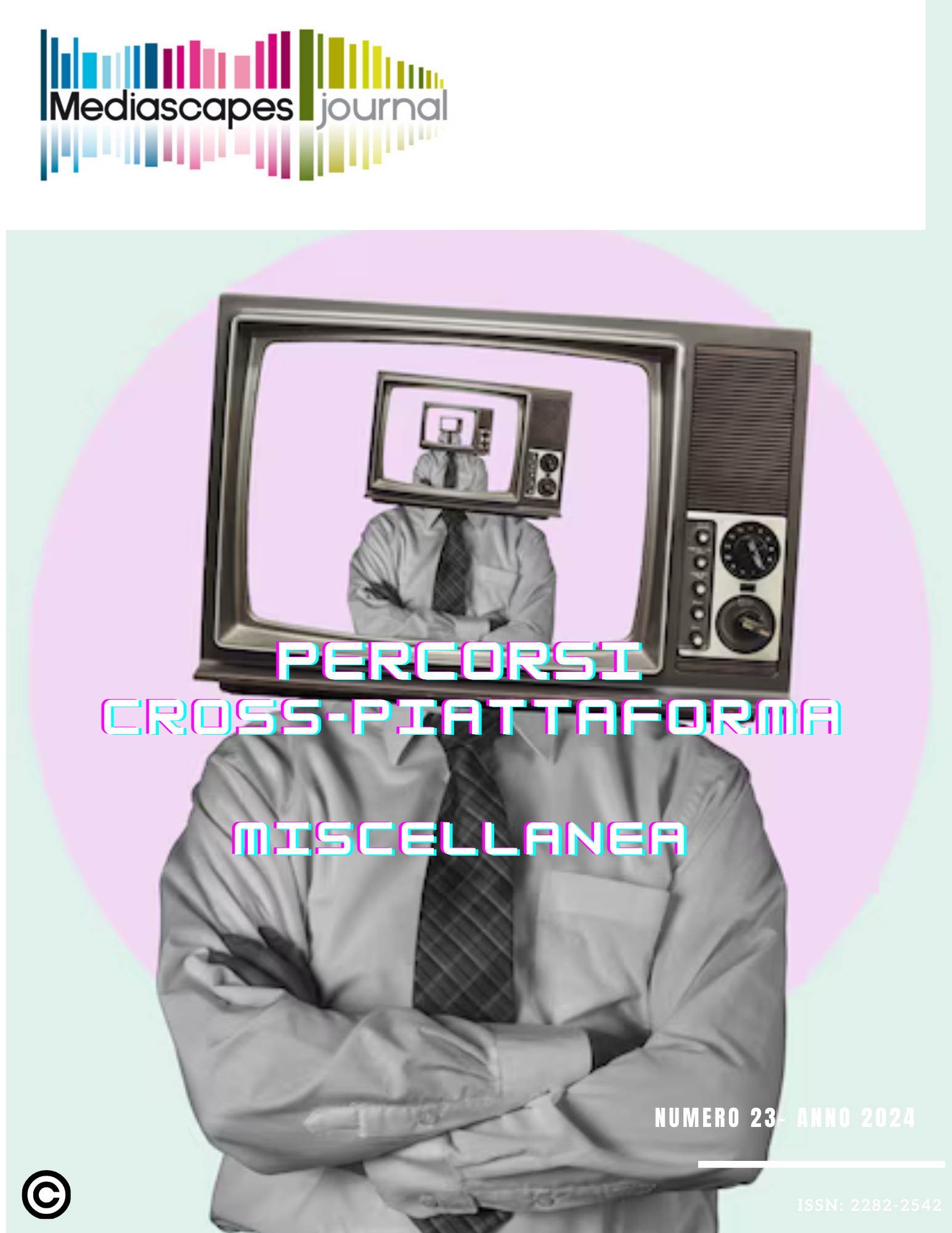Mapping users’ participation in brand publics
Toward a typology of styles of digital consumption
Keywords:
brand public, digital methods, big data, Instagram, user typologyAbstract
The notion of brand public is steadily gaining traction in digital media and consumer culture research, especially so in studies that address the liquid forms of consumption characteristic of digital environments. However, despite the growing academic interest in this concept, there is still a lack of empirical research in this area. In particular, the major empirical gap consists in the fact that studies on brand publics fail in proposing a typology of the different kinds of users participating in them. In order to fill this gap, we propose an ad hoc typology of users participating in a brand public based on the different digital practices through which they use the digital devices that structure the public itself – rather than on users’ individual status. To this purpose we identify three main types of styles of participation in brand publics: brand loving, visibility seeking, everyday storytelling. To do that we draw on a dataset of 488,365 Instagram posts marked with the hashtag #starbucks, that we explored using digital methods.
Published
How to Cite
Issue
Section
License

This work is licensed under a Creative Commons Attribution 4.0 International License.
Mediascapes Journal is published under a Creative Commons Attribution Licence 4.0.
With the licence CC-BY, authors retain the copyright, allowing anyone to download, reuse, re-print, modify, distribute and/or copy their contribution. The work must be properly attributed to its author. It should be also mentioned that the work has been first published by the journal Anuac.
Having published these contributions for the first time, Mediascapes Journal will have the right to publish them integrally or partially as reprints or possibly as part of a thematic issue, in both digital and printed format.
It is not necessary to ask further permissions both to author or the journal.


